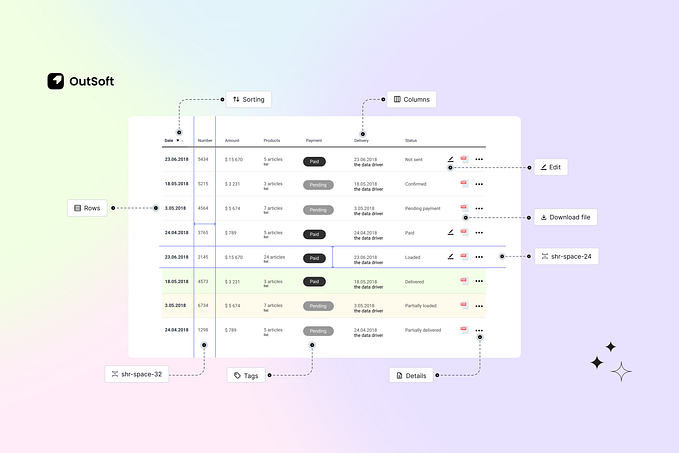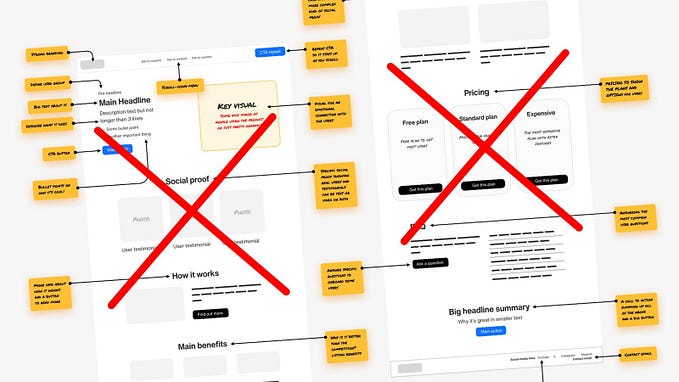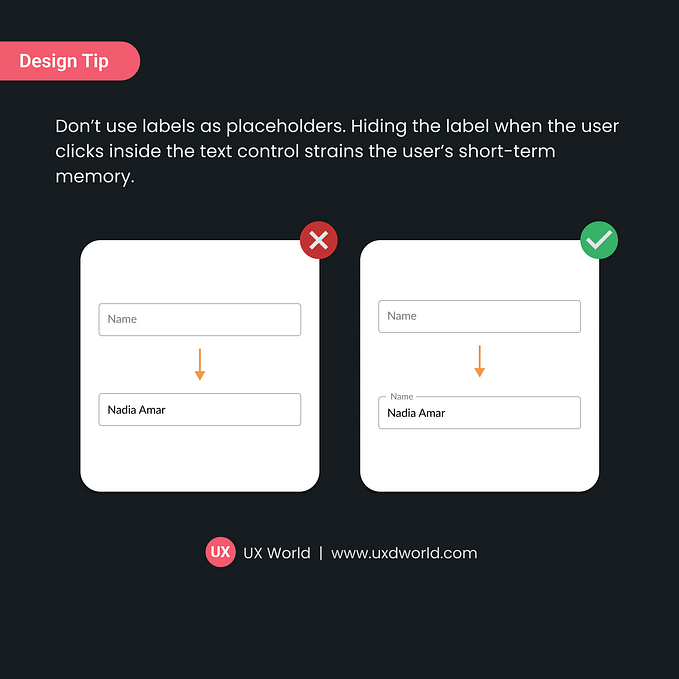Member-only story
How usability impacts profit
The Conversion/Usability Framework

TL;DR: Usability is related to customer satisfaction and loyalty and therefore has a direct impact on profit. Yet, bad usability is abundant, especially on E-commerce websites. The Conversion/Usability Framework introduces usability as an additional lever on top of “traditional” means to increase profits, which can and should also be applied beyond E-commerce.
When businesses want to increase their profit (or simply keep it from crumbling), there are certain means that can be employed, such as restructuring processes, economies of scale, or exploring novel marketing strategies. Another lever to increase profit is the usability of products and sales channels, which is, however, surprisingly often neglected — even in E-commerce — although research and common sense suggest that it is directly related to customer satisfaction and loyalty. In this article, I analyze how usability influences revenue and costs (and therefore ultimately profit) and how the Conversion/Usability Framework can be used to improve both. Yet, to start off, let us first have a look at some basics.
Revenue, Costs, & Profit
Profit is at the heart of every business. It is determined using the profit function, which states that profit equals revenue minus costs [1]. The different parts of this function are influenced — directly as well as indirectly — by a number of factors [7]. Revenue is affected by both the price and the amount that is sold of the offered good. Then again, the amount of products a business sells as well depends on the price, which should be neither too low nor too high due to price elasticity. That is, customers will not buy an excessively expensive product, but at the other end of the spectrum it might be perceived as low-quality, thus also resulting in lower sales. Overall costs are composed of fixed costs and variable costs. The latter depend on the amount of products sold. The more you produce the higher the variable costs. Overall, this results in the following dependencies (the diagram has been adapted from [7]):










